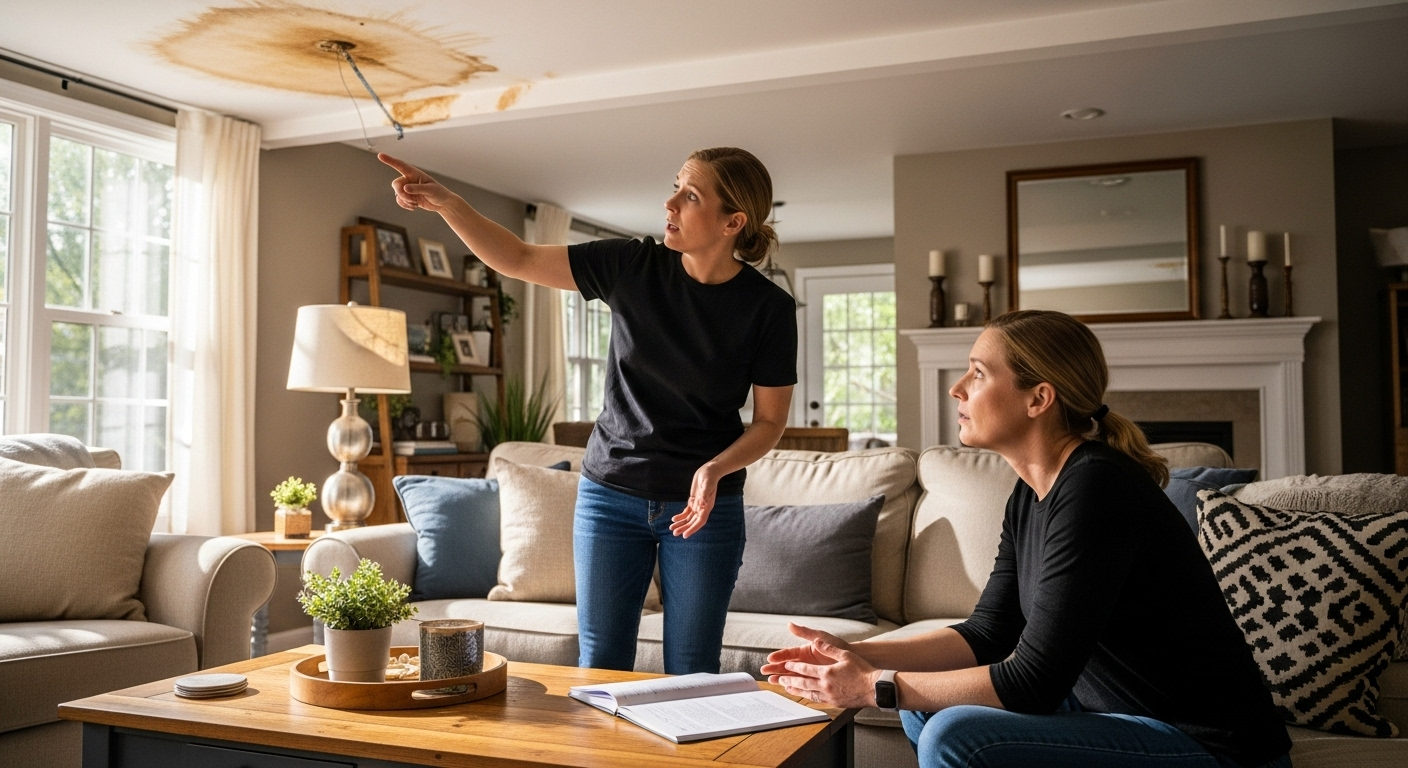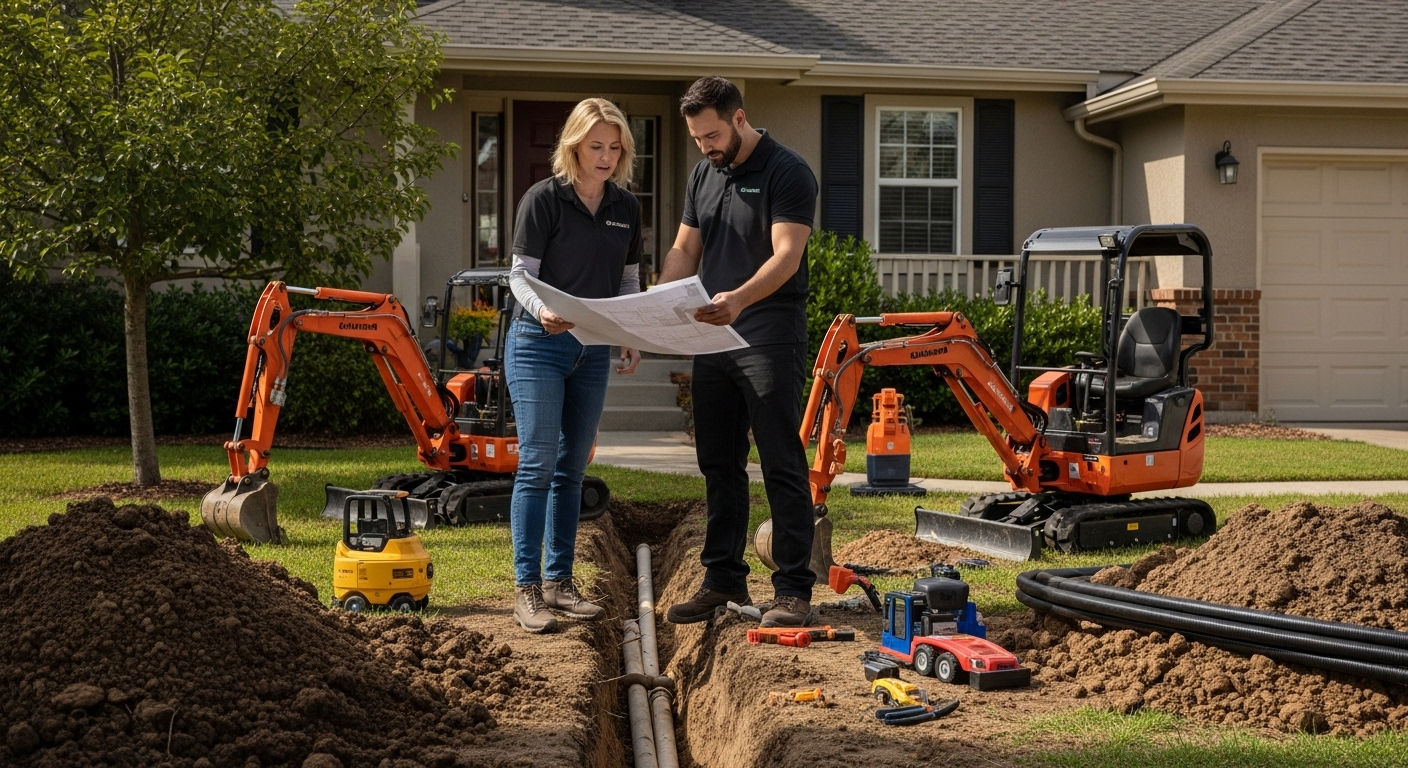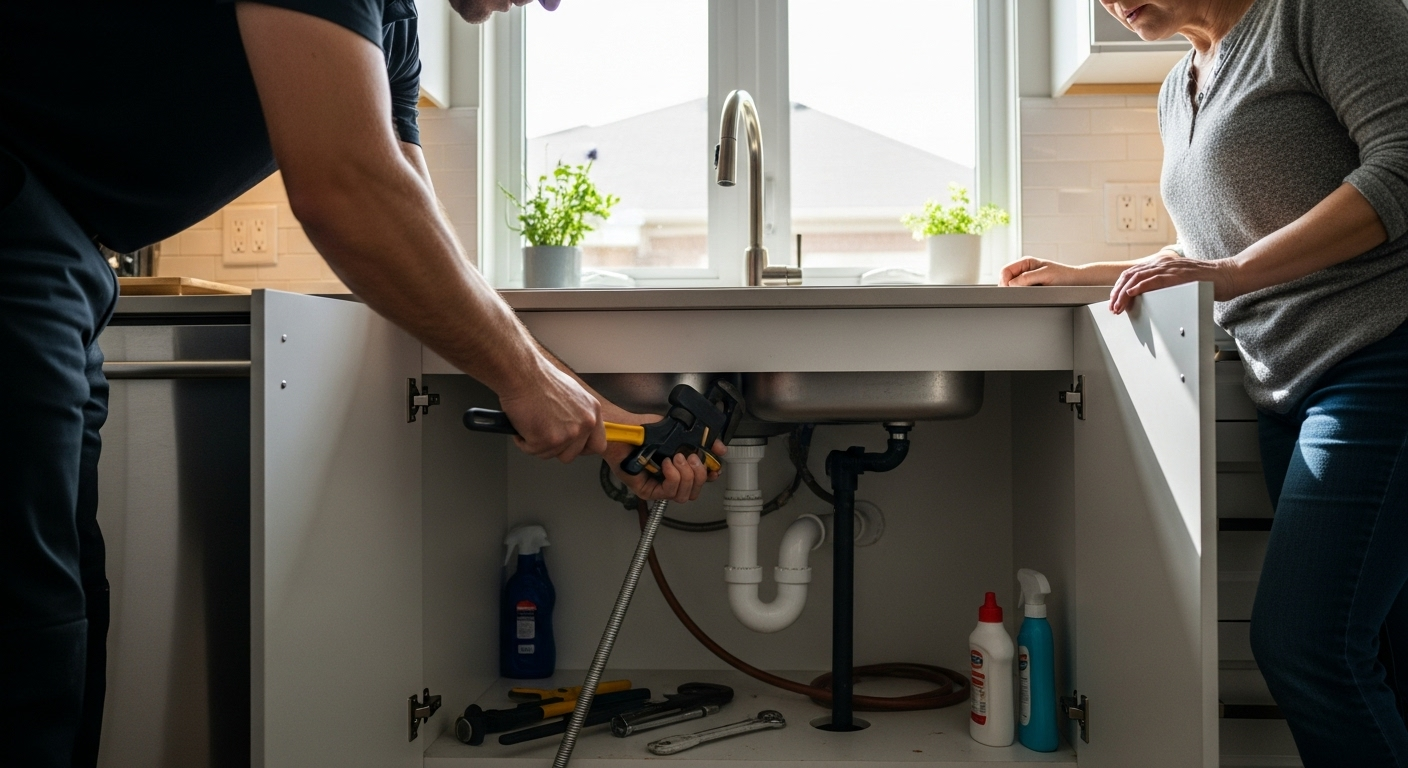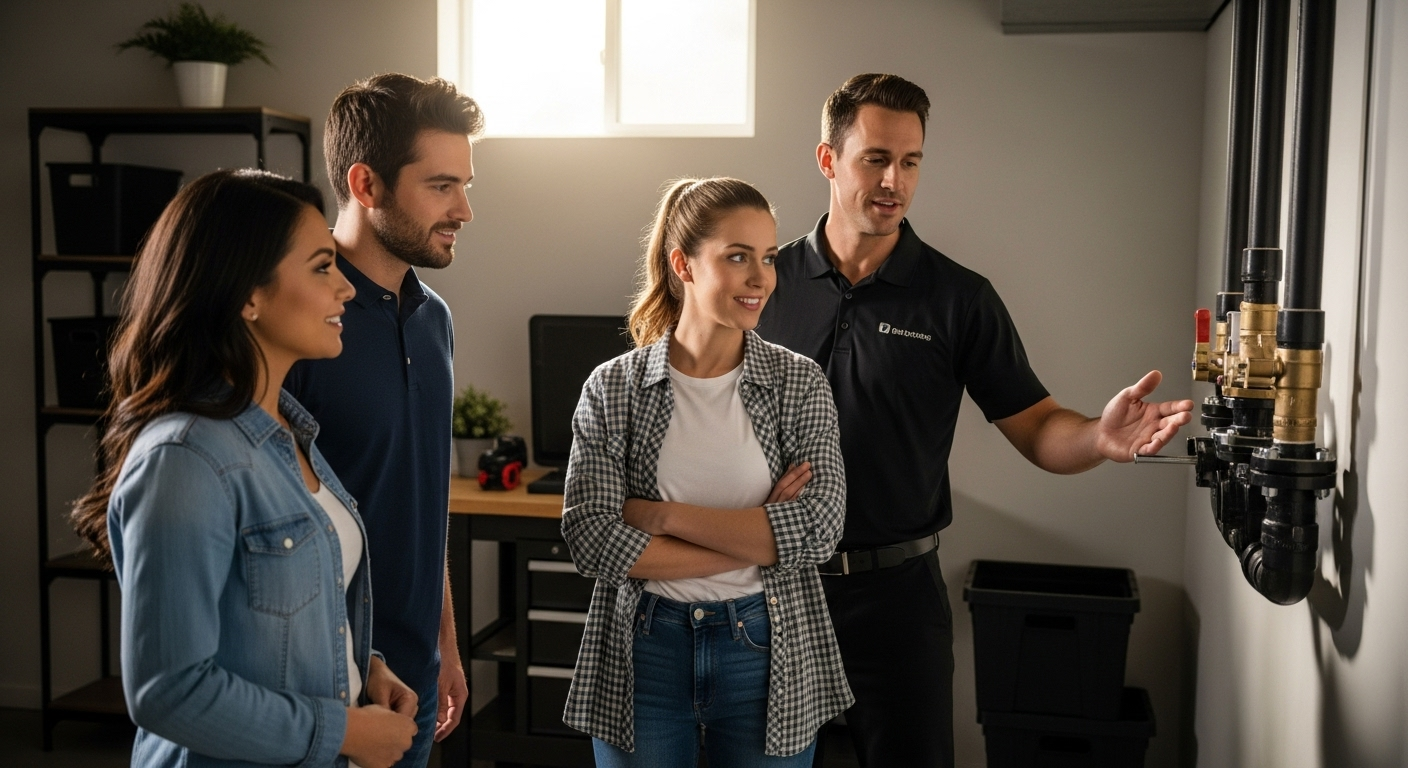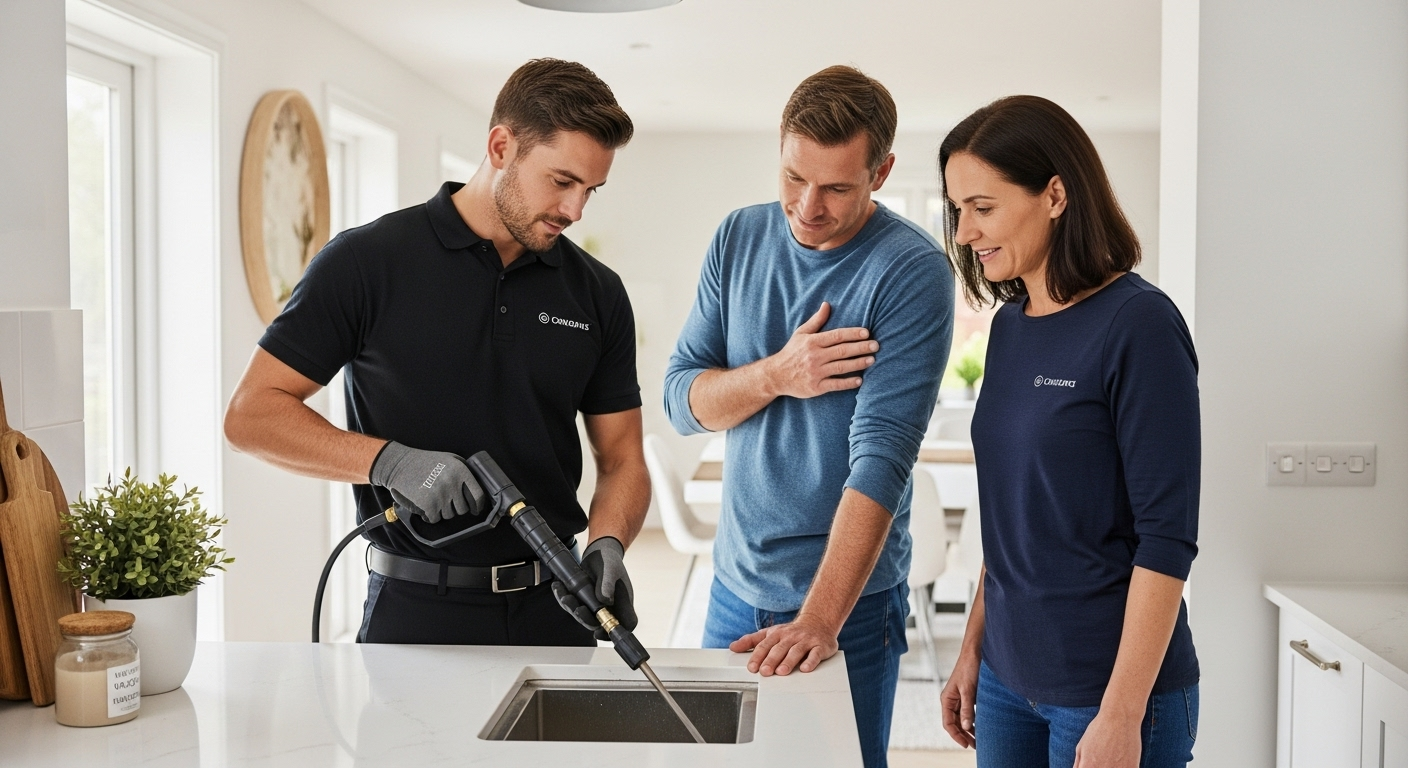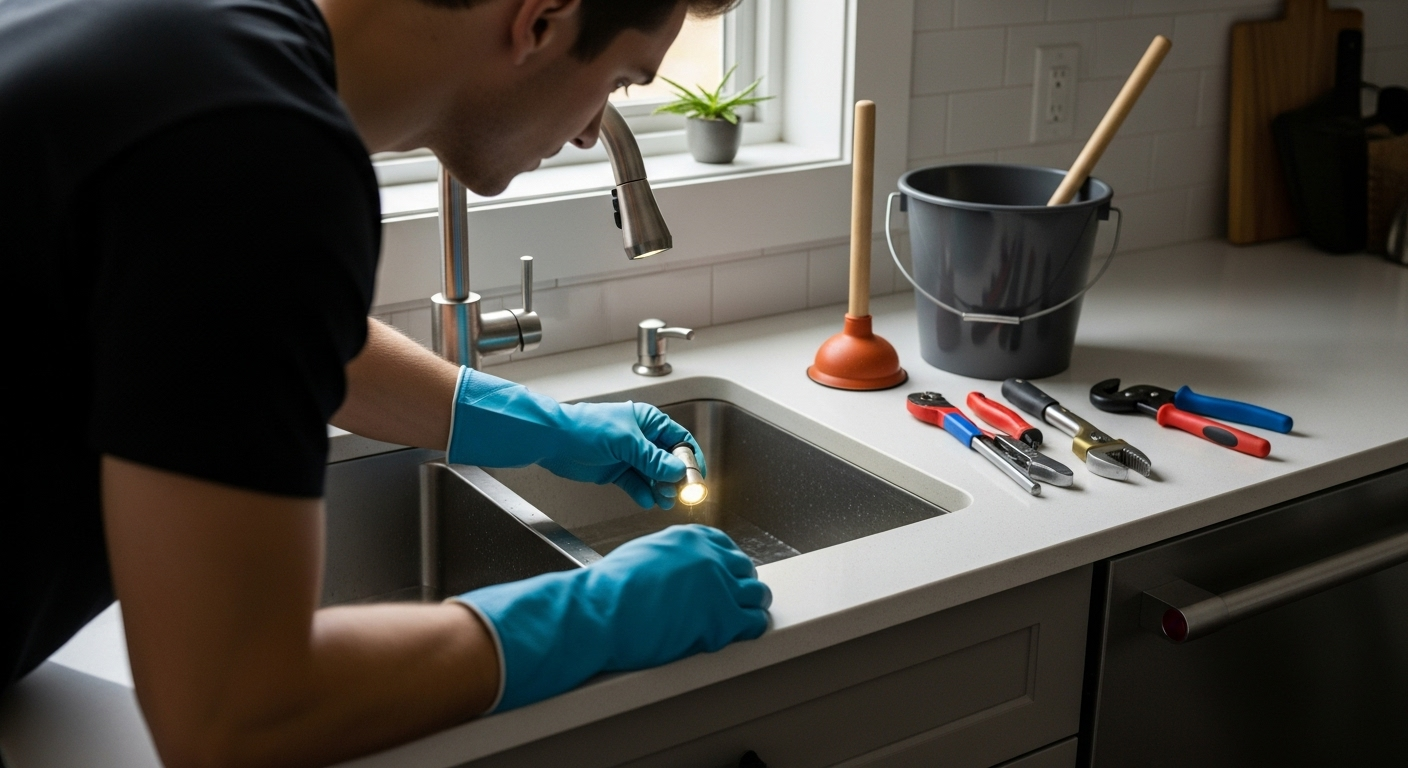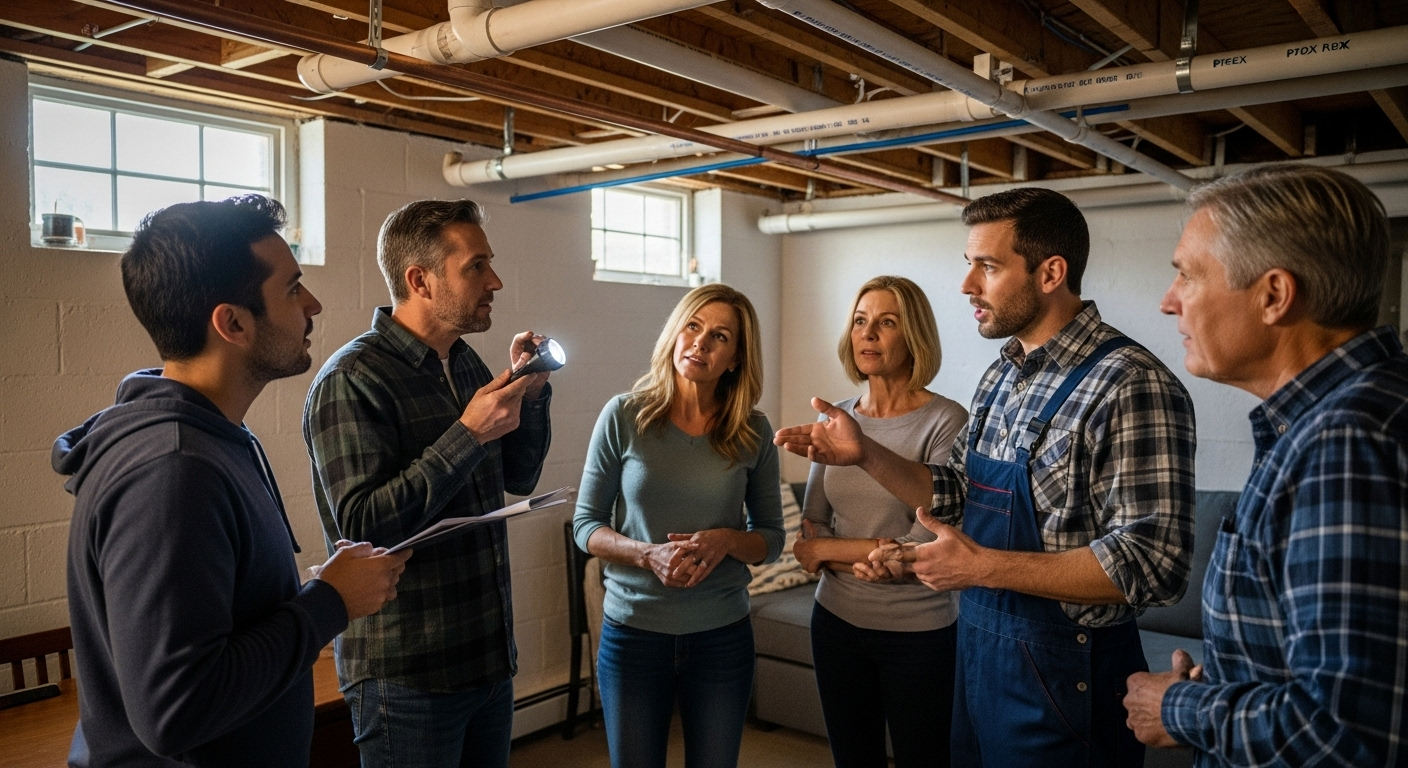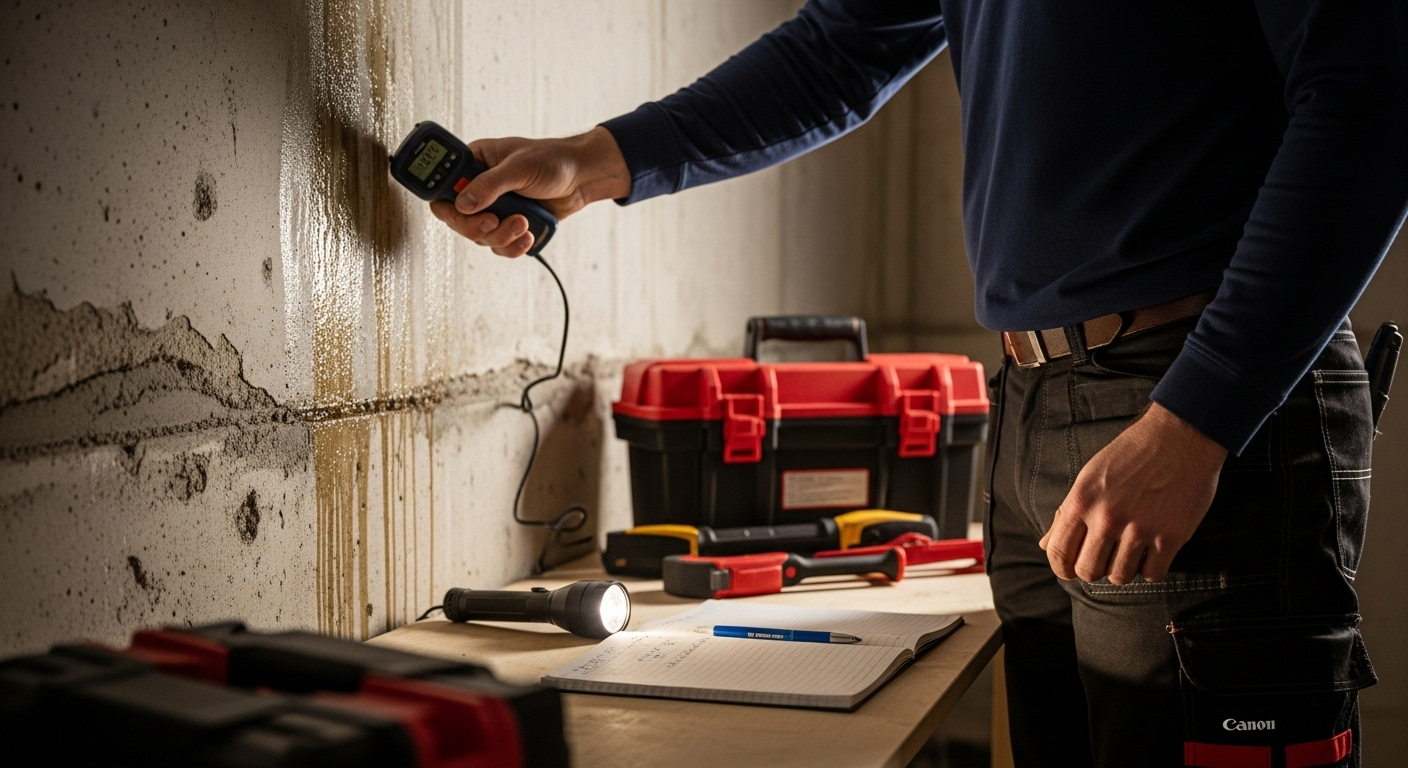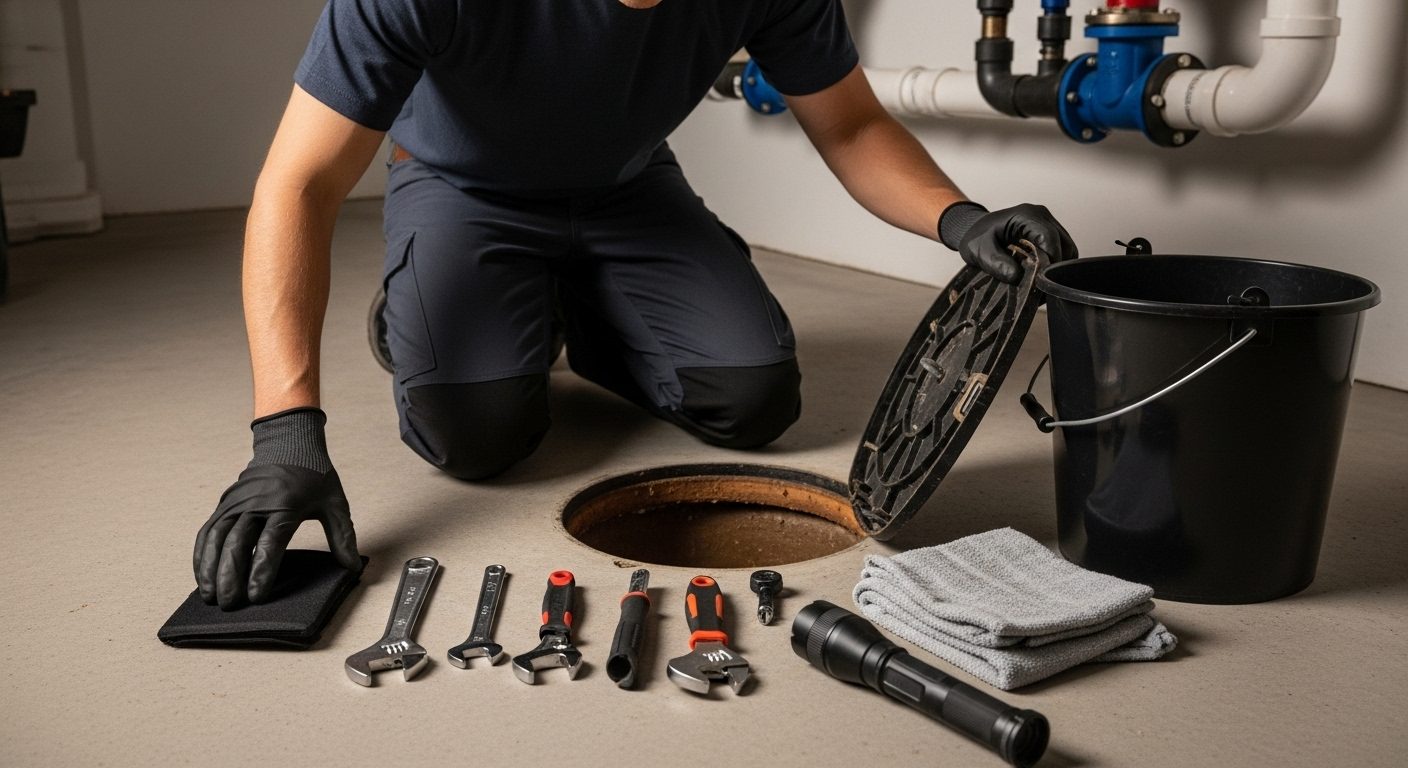7 Smart Tips for Water Conservation at Home
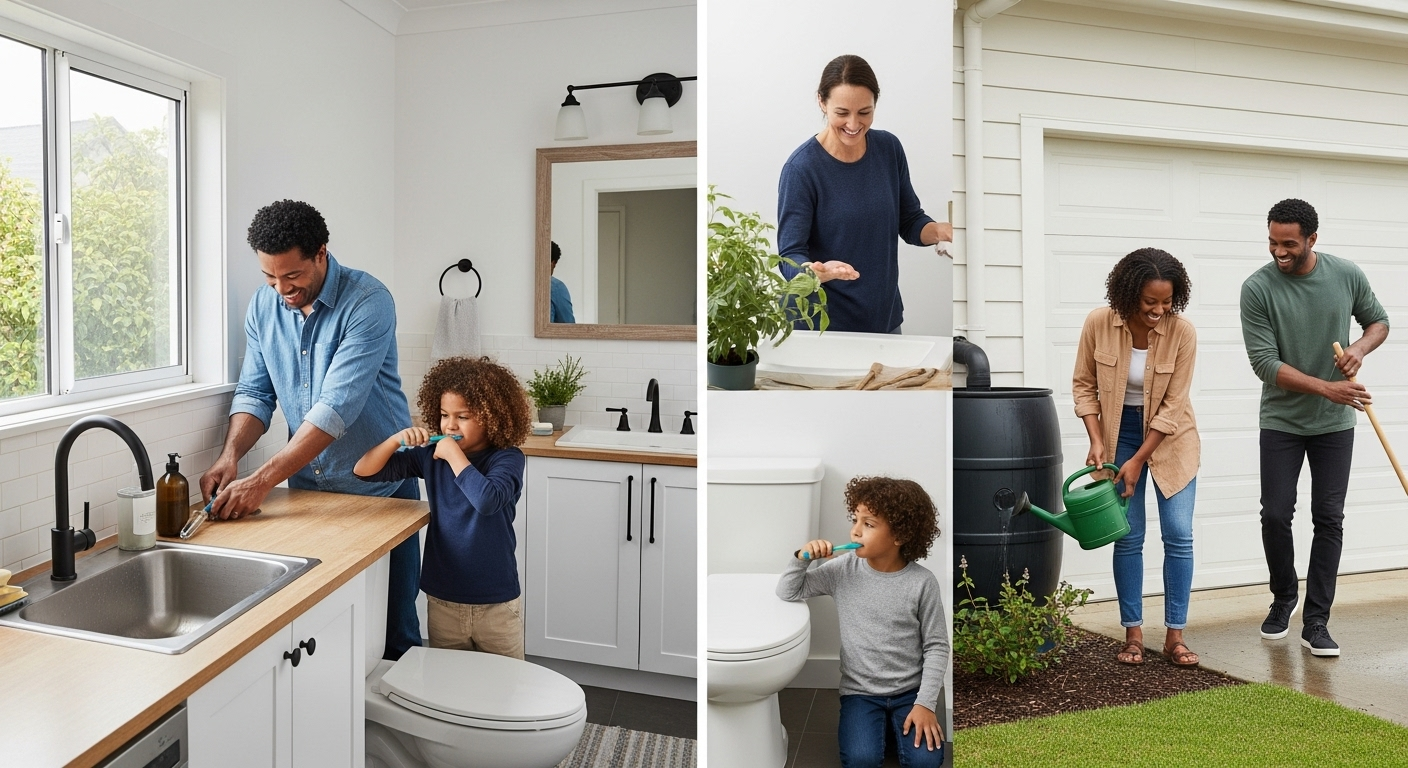
Saving water at home can sound like a small act. Yet a single dripping faucet can waste up to 3,000 gallons each year , which is as much as 180 showers. Most people think water waste comes from big disasters or major leaks, but the real shock is how everyday habits and tiny oversights quietly drain resources and money right under your nose.
Table of Contents
Quick Summary
| Takeaway | Explanation |
|---|---|
| Fix leaks promptly to save water | Address household leaks quickly to prevent significant water waste and increase in utility bills. |
| Install low-flow fixtures for efficiency | Upgrade to low-flow fixtures to reduce water consumption while maintaining performance and comfort. |
| Practice efficient watering techniques | Employ strategic watering methods to minimize garden water use, such as early morning irrigation. |
| Use a broom instead of a hose | Opt for sweeping outdoor surfaces to conserve water and avoid runoff into drainage systems. |
| Educate family about water conservation | Encourage family involvement in water-saving practices to create a communal effort for sustainability. |
1: Fix Leaks Quickly to Prevent Waste
Water conservation at home starts with proactively addressing something many homeowners overlook: household leaks . Small water leaks might seem insignificant, but they can waste extraordinary amounts of water and increase utility bills dramatically. A single dripping faucet can lose up to 3,000 gallons of water annually, which is equivalent to approximately 180 showers.
Identifying and repairing leaks requires systematic attention across multiple home areas. Common leak locations include :
- Faucets in kitchen and bathroom sinks
- Toilet tank and base connections
- Showerhead and shower valve junctions
- Outdoor hose bibs and garden connections
- Under-sink pipe connections
Quick leak detection involves multiple strategies. Visual inspection remains crucial - look for water stains, puddles, or moisture around plumbing fixtures. Listen for unusual sounds like consistent dripping or running water when no fixtures are actively used. Modern technology also offers helpful tools like moisture meters and acoustic leak detection devices that can pinpoint hidden water loss sources.
When you discover a leak, immediate action prevents potential water damage and reduces waste. Most minor leaks can be repaired using basic tools like pipe tape, washers, or adjustable wrenches. Simple repairs typically include :
- Replacing worn washers
- Tightening loose pipe connections
- Applying plumber’s tape to seal minor gaps
- Adjusting valve tension
For complex leaks or situations beyond basic home repair skills, professional plumbing assistance ensures comprehensive and lasting solutions. Regular maintenance and prompt leak resolution not only conserve water but also protect your home’s infrastructure and prevent costly future repairs.
2: Install Low-Flow Fixtures and Appliances
Transforming water conservation at home begins with strategic upgrades to household fixtures and appliances. Modern low-flow technologies can dramatically reduce water consumption without sacrificing performance or comfort. These innovative solutions represent a smart investment that simultaneously saves money and protects environmental resources.
Modern low-flow fixtures focus on minimizing water usage across multiple home systems. Key areas for water-efficient upgrades include :
- Bathroom faucets and showerheads
- Kitchen sink fixtures
- Toilets and flush mechanisms
- Dishwashers and washing machines
- Outdoor irrigation systems
Toilets represent a significant opportunity for water savings. Older toilet models can use up to 6 gallons per flush, while contemporary low-flow models consume as little as 1.28 gallons. This represents an incredible 80% reduction in water usage. Similarly, low-flow showerheads can reduce water consumption by approximately 40% without compromising water pressure or shower experience.
Benefits of low-flow fixture installation extend beyond water conservation :
- Reduced monthly utility bills
- Decreased household environmental impact
- Improved home energy efficiency
- Potential eligibility for municipal water conservation rebates
When selecting low-flow fixtures, prioritize products with ENERGY STAR certification or WaterSense labels. These designations indicate rigorous testing and verified performance standards. Professional plumbing consultations can help homeowners identify the most appropriate fixtures for their specific household needs, ensuring optimal water conservation and long-term cost savings.
3: Practice Smart Watering Techniques for Gardens
Garden water conservation requires thoughtful planning and strategic approaches that minimize unnecessary water consumption. Residential landscaping can represent a significant portion of household water usage, with traditional watering methods often resulting in substantial waste through inefficient distribution and evaporation.
Effective garden watering strategies focus on multiple key principles :
- Understanding plant water requirements
- Timing irrigation cycles strategically
- Selecting appropriate watering equipment
- Monitoring soil moisture levels
- Implementing water-retention techniques
Timing plays a critical role in water conservation. Early morning watering reduces evaporation and allows plants maximum water absorption. Avoiding midday watering prevents water loss through rapid evaporation and potential plant stress. Most gardens require approximately 1 inch of water per week, which can be measured using simple rain gauges or moisture meters.
Water-efficient gardening techniques include :
- Installing drip irrigation systems
- Using mulch to retain soil moisture
- Grouping plants with similar water requirements
- Collecting rainwater for garden use
- Selecting native drought-resistant plant species
Mulching represents an exceptional water conservation technique. A 2-3 inch layer of organic mulch can reduce water evaporation by up to 70%, stabilize soil temperature, and prevent weed growth. Native plant species adapted to local climate conditions naturally require less supplemental watering, making them ideal for water-conscious gardeners.
By implementing these smart watering techniques, homeowners can create beautiful, thriving gardens while significantly reducing water consumption and supporting environmental sustainability.
4: Use a Broom Instead of a Hose for Driveways
One of the simplest and most overlooked water conservation techniques involves everyday outdoor cleaning practices . Many homeowners habitually reach for a garden hose to clean driveways, sidewalks, and exterior surfaces, unknowingly wasting significant amounts of water in the process. A standard garden hose can release up to 10 gallons of water per minute, transforming what seems like a quick cleaning task into a substantial water consumption event.
Common scenarios where water is unnecessarily wasted include :
- Clearing leaves and debris from driveways
- Removing dirt from sidewalks
- Cleaning outdoor patios and decks
- Washing parking areas
- Tidying garage entryways
By switching to a simple broom, homeowners can eliminate water waste entirely. Sweeping requires zero water and effectively removes dirt, leaves, and light debris. For stubborn or sticky materials, a combination of sweeping and spot cleaning with minimal water can achieve the same results while dramatically reducing water consumption.
Benefits of choosing a broom over a hose extend beyond water conservation :
- Reduced water utility costs
- Decreased environmental impact
- Faster and more efficient cleaning
- Prevents unnecessary water runoff
- Reduces potential surface erosion
Additionally, sweeping prevents potentially harmful substances like oil, chemicals, and organic debris from being washed directly into storm drains and local water systems. This simple change represents a meaningful step in responsible water management and environmental stewardship. Water conservation at home begins with recognizing and eliminating small, habitual water-wasting practices like using a hose for tasks better suited to a broom.
5: Collect Rainwater for Outdoor Use
Rainwater harvesting represents an intelligent strategy for water conservation at home, transforming natural precipitation into a valuable resource for outdoor maintenance. Residential rainwater collection systems can significantly reduce dependence on municipal water supplies while providing an environmentally friendly solution for landscape irrigation and exterior cleaning.
Effective rainwater collection requires understanding key system components :
- Rain barrels and storage tanks
- Gutter and downspout collection systems
- First flush diverters
- Filtration mechanisms
- Overflow management
Typical residential rooftops generate substantial water collection potential. A single inch of rainfall on a 1,000 square foot roof can produce approximately 600 gallons of water. This abundant resource can be captured and redirected for multiple outdoor applications, dramatically reducing household water consumption and supporting sustainable landscaping practices.
Recommended uses for collected rainwater include :
- Watering gardens and landscaping
- Washing vehicles
- Cleaning outdoor surfaces
- Filling decorative water features
- Supplementing compost and soil moisture
Proper system design involves considering local climate conditions, roof material, and potential contaminants. Homeowners should install mesh screens to prevent debris entry and include simple filtration systems to ensure water quality. While collected rainwater is not suitable for drinking without extensive treatment, it provides an excellent alternative for non-potable outdoor water needs.
By implementing a thoughtful rainwater collection strategy, homeowners can create a sustainable water management approach that reduces utility costs, supports environmental conservation, and promotes responsible resource utilization.
6: Shorten Showers and Turn Off Taps When Brushing
Personal daily hygiene habits represent a critical yet often overlooked opportunity for water conservation at home. Many individuals unconsciously waste significant water volumes through prolonged showers and leaving taps running during routine activities like teeth brushing. Understanding these consumption patterns can lead to meaningful water savings with minimal lifestyle disruption.
Common water-wasting bathroom behaviors include :
- Running water continuously while brushing teeth
- Taking excessively long showers
- Leaving faucets flowing during face washing
- Unnecessary water usage during shaving
- Delayed temperature adjustment before showering
A standard showerhead releases approximately 10 liters of water per minute. By reducing shower time from 10 minutes to 5 minutes, a household can save nearly 37,000 liters of water annually. This simple adjustment not only conserves water but also reduces energy consumption associated with water heating.
Strategic water-saving techniques for personal hygiene :
- Use a timer or music playlist to limit shower duration
- Install low-flow showerheads
- Turn off water while applying soap or shampoo
- Use a cup of water for teeth brushing instead of running tap
- Keep washcloths and towels within easy reach to minimize water waste
These seemingly small changes accumulate into substantial water conservation efforts. For a typical family of four, implementing these practices can save thousands of liters of water each year. Beyond environmental benefits, reduced water consumption translates directly into lower utility bills, making water conservation a financially smart strategy for homeowners.
7: Educate Family Members on Water Saving Practices
Water conservation requires collective family commitment , transforming individual actions into meaningful household-wide environmental stewardship. Successful water-saving strategies depend not just on implementing techniques, but on ensuring every family member understands their role in responsible water usage.
Effective family water conservation education involves multiple approaches :
- Creating visual tracking methods
- Developing engaging learning activities
- Setting measurable family goals
- Implementing reward systems
- Hosting regular family discussions
Children learn best through interactive experiences. Parents can transform water conservation into an engaging educational opportunity by converting complex concepts into age-appropriate challenges. Younger children might enjoy tracking daily water usage with colorful charts, while teenagers could be motivated by understanding the broader environmental and financial implications of water waste.
Key educational strategies for different age groups include :
- Demonstrating water measurement techniques
- Explaining ecological impact of water consumption
- Creating fun competition between family members
- Calculating household water savings
- Connecting water conservation to global environmental issues
Consistent communication remains critical. Regular family meetings discussing water usage, celebrating conservation milestones, and exploring innovative saving techniques can transform water conservation from a chore into an exciting shared mission. By making water preservation a collaborative, engaging process, families can develop lasting sustainable habits that extend far beyond immediate household practices.
The table below provides a comprehensive summary of the seven key water conservation strategies discussed in the article, highlighting primary actions, core benefits, and practical impact for homeowners.
| Tip/Strategy | Key Actions | Main Benefits | Practical Impact |
|---|---|---|---|
| Fix leaks quickly to prevent waste | Inspect, identify, and repair leaks in household plumbing | Prevents thousands of litres of water wasted | Reduces utility bills and water damage |
| Install low-flow fixtures and appliances | Upgrade faucets, showerheads, toilets, and appliances to low-flow | Cuts water use up to 80% in key areas | Long-term savings, possible rebates |
| Practice smart watering techniques for gardens | Use early morning timing, mulch, drip irrigation, moisture monitoring | Minimizes garden water use and evaporation | Healthier plants, efficient irrigation |
| Use a broom instead of a hose for driveways | Sweep driveways and patios rather than hosing them off | Completely eliminates unnecessary outdoor water | Cuts water consumption and runoff |
| Collect rainwater for outdoor use | Install barrels and filtration, direct roof runoff to storage | Reduces reliance on municipal water | Sustainable garden and outdoor cleaning |
| Shorten showers & turn off taps when brushing | Limit shower time, shut taps when soaping/brushing, use cups | Saves thousands of litres annually per household | Simple habits, lower water and energy bills |
| Educate family members on water saving practices | Use charts, games, discussions, and goal setting | Builds household-wide participation | Sustains long-term conservation habits |
Stop Wasting Water and Protect Your Toronto Home—Let DrainWorks Plumbing Help
Struggling with pesky leaks, outdated fixtures, and rising water bills? The water-saving tips you just read highlight how simple leaks, inefficient plumbing, or poor garden irrigation can waste thousands of litres of water each year. Ignoring these small issues can turn into major headaches, not only escalating your costs but also risking hidden water damage. Our experienced team at DrainWorks Plumbing understands Toronto homes and the unique plumbing challenges they face. With over 30 years of trusted service, we can help you proactively spot leaks, install water-saving fixtures, and address underground problems like drain backups or main water line issues before they worsen.
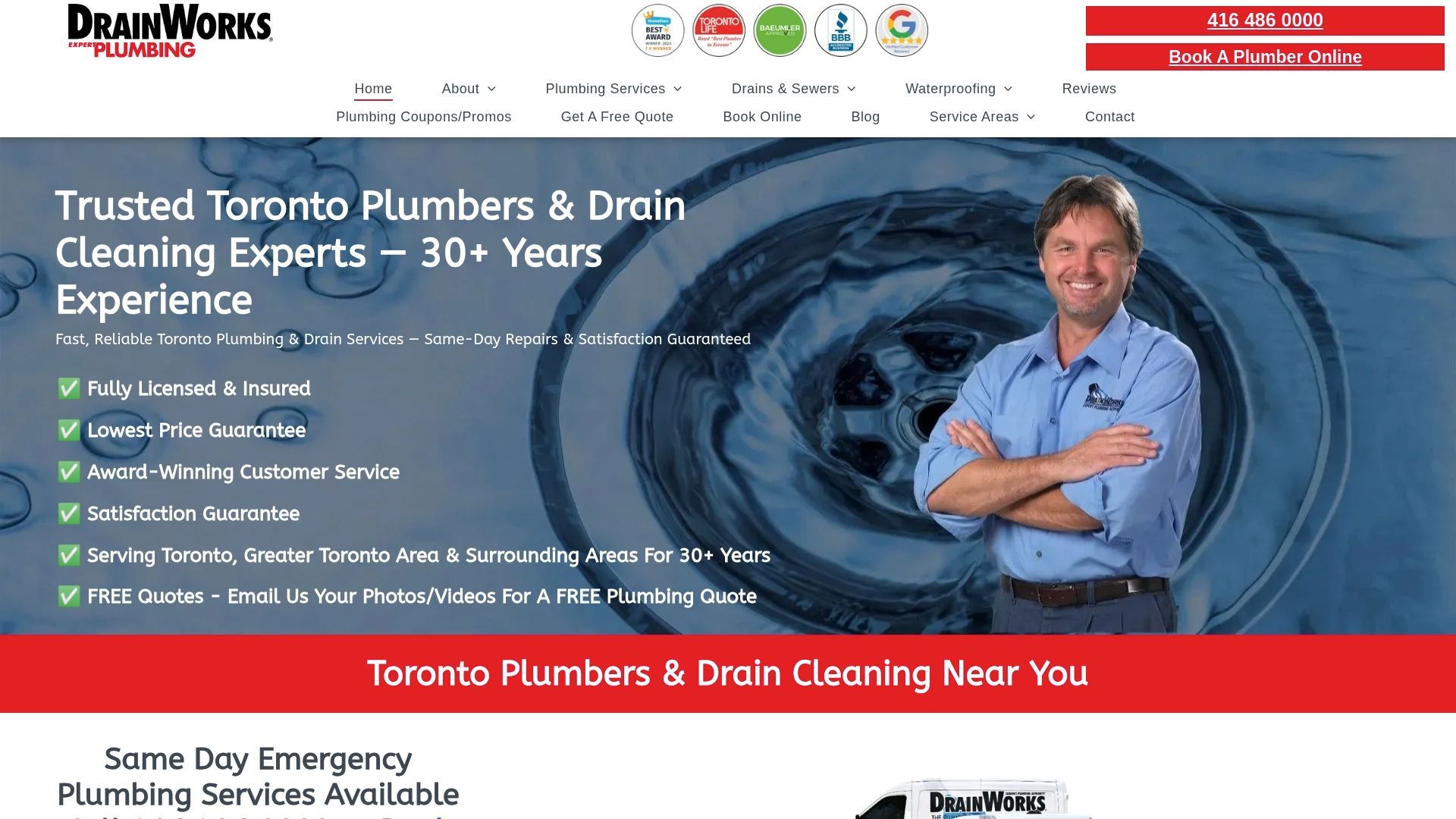
Ready to turn these conservation tips into real results and peace of mind? Contact DrainWorks Plumbing today for dependable leak repair, water-saving installations, and honest up-front pricing. Book your appointment now and start saving water and money—an expert is just a click away.
Frequently Asked Questions
What are some common household leak locations to check for water conservation?
Common leak locations include faucets in kitchen and bathroom sinks, toilet tank and base connections, showerheads, outdoor hose bibs, and under-sink pipe connections.
How can low-flow fixtures help in water conservation?
Low-flow fixtures, such as toilets, showerheads, and faucets, reduce water consumption significantly without sacrificing performance, leading to lower utility bills and decreased environmental impact.
What are effective watering techniques for gardens?
Effective watering techniques include understanding plant water requirements, watering in the early morning, using drip irrigation systems, applying mulch, and monitoring soil moisture levels.
What are the benefits of collecting rainwater for outdoor use?
Collecting rainwater can reduce reliance on municipal water, provide a sustainable resource for irrigation and outdoor cleaning, and supports environmentally friendly landscaping practices.



